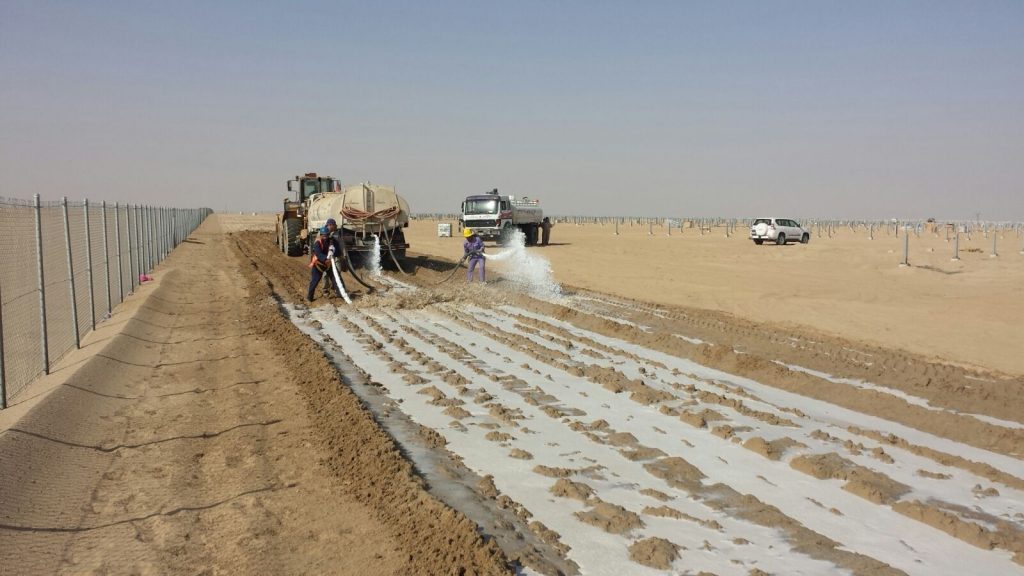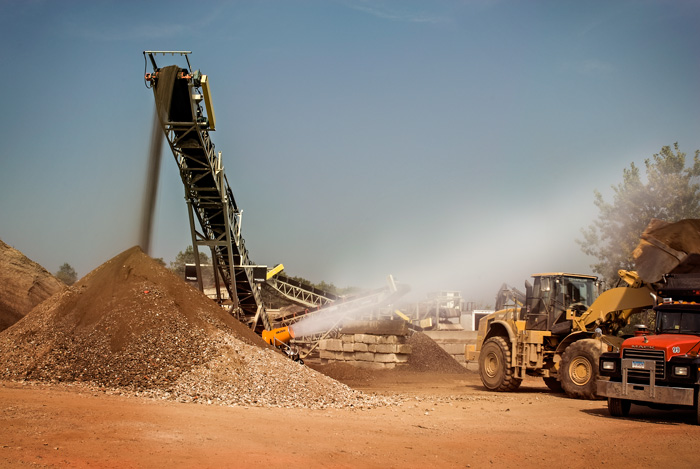Nowadays, dust control measures are considered as an imperative approach in any construction site. It does not only protect the environment from getting polluted but also prevent the nearby buildings and people from airborne particles.
In construction sites, when you excavate and loosen soil, winds are confined to collect it and carry it everywhere. Therefore, all construction firms need to take their responsibilities while renovating a building or constructing a new house. The availability of excess dust and dirt can harm the health of workers’ health.
Hopefully, there are few dust control solutions that can remove dust and dirt particles on your site. These dust control measures will not only maintain the air quality in urban environments but also improve companies’ images, plus their reputation in between neighbors when works are ongoing.
However, let’s have a look at the importance of dust control measures in details:
Simple Tricks to Keep Construction Dust Under Control
Use Misted Water
It is one of the most cost-effective alternatives to control dust particles at the construction sites. In this, a water tanker is derived on the site, which sprays water over the haul areas and roads. This dust control spray equipment or tanker ultimately settles down the dust particles. Make sure the water is sprinkled at the right quantity in order to prevent excess water that can cause erosion difficulties. Ensure that you apply water on dusty areas at least 3 times a day or more. It will depend on the atmospheric or weather conditions. It concludes that the water droplet dust control system is relatively cheap and offers a flexible way to prevent people from airborne particles.
Install Physical Barriers and Fencing
Installing a wind fence, board fence, sediment fence, or other similar barriers can control the dust to blow in the air. Generally, these fences are created of wood. These physical barriers also prevent wind from picking up dirt and spreading it everywhere. These barriers are made up of solid board fencing, crate walls, burlap, hay bales, and other similar materials that help control the air currents. It should be bear in mind that all the barriers are installed at right angles to prevailing winds.

Use Calcium Chloride Materials
Materials like calcium chloride are the best option for controlling the dust from the construction site. These magnesium chloride dust control solutions are deployed to soak up the water vapor that is available in the environment. It concludes that it can adequately attract the water from construction water and make them dry out. This means chloride can retain moisture and help you fight against dust and erosion problems. The unique property of chloride holds down the dust and creates a smooth-riding surface for vehicles. Many site managers use this strategy for stopping the dust from spreading over on unpaved roads where their construction vehicles are passing up and down all day.
Tackifiers
Tackifiers are another dust control method that is often used in seeding to create a bond. As a result, it will reduce the requirements of re-seeding and minimizes erosion. Mostly in the road construction sites, bright green material is applied to loose soil.
A tackifier like a guar gum is used to cut down the dust particles to control them more easily. The polymer material absorbs water during a wetting event. It allows the tackifier to go back into the solution. Upon exhausting, there is a new seal over the soil, which resolve the dust control problem on construction sites.

Use Polymers as Dust Control
Polymers can control the dust effectively. This is a useful method in areas where vehicles do not travel. These excavated areas with topsoil are like hillsides, where trucks and other vehicles do not drive. Initially, the dry applied polymers must be watered for activation to control the dust. This method bonds the individual soil particles together. When it dries, it forms a soft crust that stimulates the surface of the soil. The effectiveness of this extract varies from 70-90%.
Wrapping Up
Dust control can be achieved in infinite ways on a construction site. These methods, as mentioned above, are usually best for the highest level of dust control. Dust control practices are essential to reduce and restrict surface movements that trigger dust formation from distressed soil areas at the construction site.

